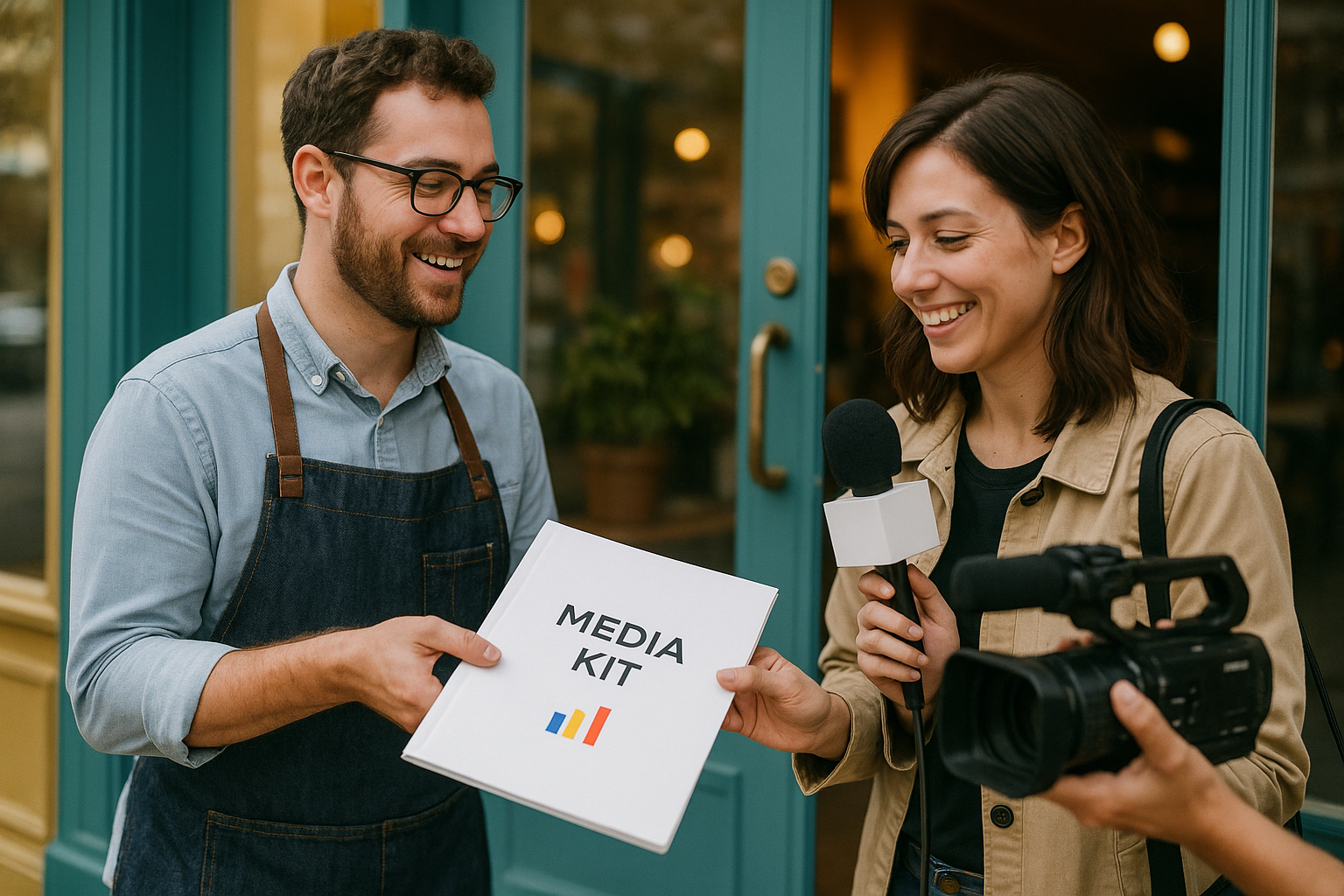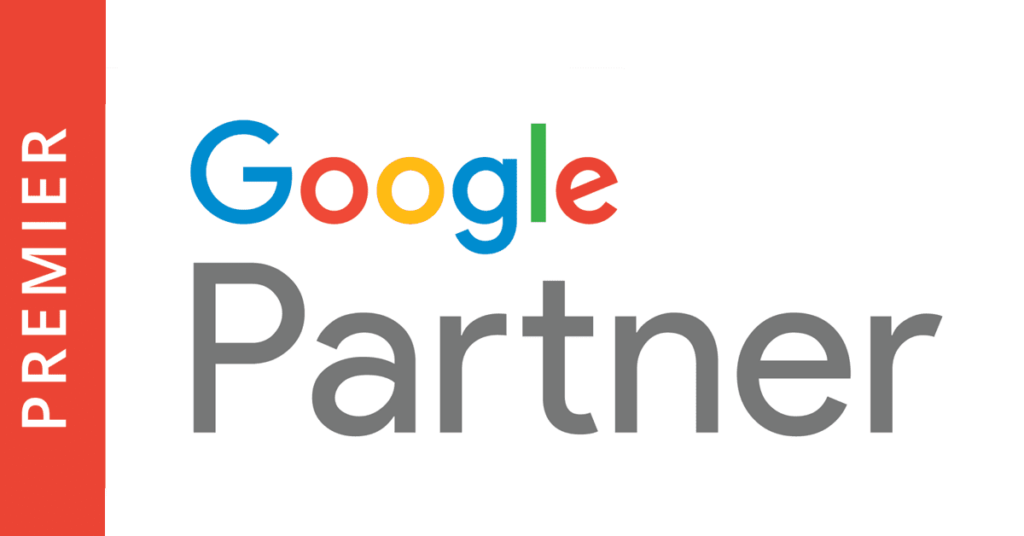Marketing has changed. Again. Audiences are spread thin across streaming tabs, social apps, and endless scrolls of content. Traditional ads are fading into the background noise. But what if your brand wasn’t just seen or heard, but experienced? Augmented Reality Marketing is pushing that boundary, turning passive consumers into participants through interactive digital layers blended into their real world. You’re not just sending a message; you’re creating a moment your customer can touch, move, and remember.
AR isn’t some gimmicky filter slapped onto a social feed. It’s becoming an entire strategy. From virtual product trials to gamified scavenger hunts, AR is quietly rewriting the engagement playbook. Let’s take a deeper look at how brands have started using it to stand out, where the speedbumps are, and what it takes to start building your own AR-powered customer experience without breaking the bank or building a rocket science team.
What Augmented Reality Means for Marketing
Augmented Reality Marketing combines digital visual elements with a user’s real-world environment in real time using smartphones, tablets, or AR glasses. It creates interactive experiences by placing 3D images or information on top of the real world, making the act of marketing feel less like advertising and more like interaction.
This isn’t science fiction anymore. Consumers can scan a QR code on your packaging, point their phone camera at it, and suddenly see a 3D animation showing how the product works. Or walk by your storefront, raise their device, and get a personalized welcome that draws them inside. It shifts your brand from being just another banner or post into something tactile in their hands.
And beyond the wow-factor, AR has clear tactical benefits. Higher engagement times. Increased conversions. Stickier recall. People love technology that involves them instead of talks at them. And AR gives them something to talk about in return.
Why Brands Are Turning to AR
Customer engagement is a moving target. Today’s consumer has options, voice control, ad blockers, and a low tolerance for anything boring. Traditional marketing still has its place, but AR shakes things up just enough to earn some precious headspace. Here are a few reasons brands are experimenting with AR marketing techniques:
First, it’s personal. AR can adapt in real time based on user behavior or environment. Second, it brings people closer to the product, especially for items sold online. Seeing a couch in your living room through your phone before buying? That matters. Third, it’s damn shareable. People love posting AR experiences, which means free exposure.
Case Studies of Brands Doing AR Right
Let’s shine a light on a few winning examples. IKEA’s AR-enabled app lets users preview furniture in their home, making measurement mistakes a thing of the past. This not only reduces returns but makes a customer feel more confident during the buying process.
Pepsi ran a campaign in a London bus stop where the AR screen showed flying saucers and robots outside the glass window. Pedestrians stopped and stared. Then took out their phones and recorded. That one creative, highly localized AR experience spread globally just through social shares.
L’Oréal lets users try on different makeup shades using facial recognition and AR overlays. Consumers no longer guess which lipstick works. They try them on virtually and make faster purchase decisions.
Each of these examples connects technology with emotion. That’s the foundation of customer engagement innovation. They’re not just showing an ad. They’re turning a regular moment into something unexpected, something users will look back on and think, “That was cool.”
Types of AR Experiences That Work in Marketing
While AR can be inventive and creative, not every concept hits the mark. Effective AR experiences usually fall into one of a few categories:
Virtual Try-On: Useful in fashion, beauty, or interiors. Helps buyers visualize style and fit before committing.
Story-Based Experience: Brands can walk customers through an interactive narrative where users affect the outcome. Think scavenger hunts or AR-based challenges that unfold as users move around the real world.
Product Education: Helpful for tech products or services where a user might not fully understand how something works until it’s demonstrated. AR enables guided tutorials or feature demos right from the product’s packaging or website.
AR-Enhanced Packaging: A simple soda can or box of crackers becomes alive with branded animations or promotions when viewed through a lens. The content updates, meaning brands can run seasonal or event-based campaigns without changing their physical product.
The key isn’t in the tech; it’s in the creative execution. AR isn’t effective just because it’s cool. It’s effective because it gives the user a clear benefit: try something, see something, learn something, or just have some fun.
Challenges That Keep AR from Going Mainstream
Even as AR tech continues maturing, it’s not all roses. Several common challenges keep AR from becoming a must in every marketer’s toolbox.
Cost is the most obvious. Custom AR experiences aren’t cheap to build well. While platforms now offer plug-and-play AR tools, truly high-impact experiences often require developers, 3D artists, and time. That said, prices are dropping fast and many web-based AR options can launch without building a standalone app.
Device compatibility can also limit campaigns. While nearly every phone today supports some AR, the variation in performance or how the experience renders can reflect differently across devices. That means testing thoroughly before launching anything big.
Then there’s the learning curve. Most traditional marketers aren’t used to thinking in 3D space or real-time environments. Campaigns require a shift in mindset: less linear storytelling, more exploratory and interactive design.
Also, not everyone wants to download another app just to interact. That’s where web-based AR shines. It mimics the experience without the baggage of asking users to install something new. Convenience increases adoption.
How to Start Using Augmented Reality Marketing
You don’t need enterprise-level budgets or a team of AR engineers to begin experimenting. Start small with campaigns that have limited scope but high engagement potential. Begin by identifying where in the customer’s journey AR would help most: discovery, consideration or post-purchase loyalty.
AR content creation tools like Zappar, 8thWall, and WebAR platforms allow brands to test ideas with minimal developer input. For a fashion brand, a virtual try-on might be easiest. For a CPG brand, augmented packaging can surprise and engage.
Run AR ads through Facebook or Snapchat to test creative angles. Use geo-based filters or lens features tied to physical locations. Track performance. Figure out what resonates. Scale the ideas that get shared organically.
Finally, make sure your AR experience tells a story the user participates in. Static visuals can be gorgeous, but the real magic comes from allowing users to move, change, or uncover content as they interact. That’s where the engagement turns on.
Measuring Success Beyond Impressions
With AR, traditional metrics can fall short. Sure, impressions and click-throughs will still matter, but the richer story lives in how people spend time inside your experience. Engagement time, repeat usage, shares, even physical behavior like walking to a store after an AR prompt — those numbers matter more.
User-generated content is a huge bonus signal here. If people are showing off their AR interaction with your brand, it builds both credibility and reach. But even if they keep it private, look for behavior changes. Did they explore more products? Did the time between first view and conversion shrink?
Let your KPIs expand to match the medium. Not every AR campaign needs to directly generate revenue. Some are about loyalty, sentiment, education, or surprise. Define what success means for that particular AR use case before judging ROI.
The Future of Customer Engagement Innovation
AR is currently where social media was a decade ago. On the edge of becoming mainstream but still filled with experimentation and early adopters. As 5G becomes common and AR glasses enter the market, interaction will move away from phone screens entirely and into everyday life.
Imagine scanning grocery shelves and getting real-time AR recipes. Walking into a store and having personalized deals pop up based on past purchases. Even employee training or post-sale support could shift to AR quite easily. Every brand touchpoint becomes ripe for deeper interaction.
Savvy marketers should focus on utility. The brands winning right now are not the ones with the flashiest animations. They’re the ones using AR to solve real problems, remove friction, and create joy where there was once confusion or doubt.
Like any strategy, AR works best when it’s grounded in user behavior, not just brand ambition. Ask yourself: Are you giving your customers a shortcut, a moment of delight, or a new level of understanding? That’s what AR can offer when treated with purpose.
The conversation around Augmented Reality Marketing is just beginning. Those who use it wisely will set the tone for what interactive consumer experiences look like in the years ahead. Brands that wait might find themselves playing catch-up, watching their more adventurous competitors create the buzz money usually can’t buy.






